Dive into the Delicious World of Fruits
Dive into the Delicious World of Fruits
In India, fruits have been loved for centuries. From street markets full of mangoes to bananas and guavas in every home. Fruits are more than snacks; they’re key to our meals, traditions, and health.
This article dives into how fruits make our diets, traditions, and health better across the country.
fruits
Key Takeaways
- Explore fruits’ role in India’s festivals and daily nutrition.
- Learn how seasonal fruits like mangoes and lychees boost health.
- Discover tips for selecting ripe fruits and storing them properly.
- Understand differences between organic and conventional fruits.
- Get ideas to use fruits in smoothies, desserts, and traditional dishes.
Understanding the Vibrant Universe of Fruits
Fruits are nature’s sweet gifts, but they’re more than just tasty. They have a scientific side too. A fruit grows from a plant’s ovary after it flowers. It wraps seeds inside to help the plant make more.
This makes fruits different from vegetables like tomatoes. Even though tomatoes are often thought of as vegetables, they’re actually fruits.
What Makes a Fruit a Fruit: Botanical Definition
Botanists sort fruits into types based on how they grow. Simple fruits come from one ovary, like apples and mangoes. Aggregate fruits come from many ovaries, like strawberries.
Multiple fruits grow from many flowers together, like jackfruits. This way of classifying helps us understand the fresh fruits we find in stores and use in cooking.
Cultural Significance of Fruits in India
- In Hindu rituals, mango leaves adorn doors during festivals, symbolizing prosperity.
- Bananas and coconuts are offerings in temples, representing purity.
- Onam’s ppaanam and Ganesh Chaturthi’s modaks highlight fruit’s role in cuisine and spirituality.
From Ancient Traditions to Modern Consumption
Ayurveda used fruits like amla for health long ago. Now, fresh fruits are key in fitness, smoothies, and online shopping. Their journey shows how India’s views on food and health have changed.
Seasonal Fruits Calendar for India
India’s climate changes with the seasons, each bringing its own seasonal fruits. Knowing when they’re in season helps you pick the freshest at local markets. This guide makes it easy to find the best fruits for every season.
Summer Delights: Mangoes, Watermelons and More
- Mangoes: Alphonso, Dasheri, and Langra are summer favorites. They’re sweet and come from Maharashtra and Andhra Pradesh.
- Watermelons: Refresh with juicy watermelons from Karnataka and Telangana. Look for firm, dark-green rinds for the best taste.
- Jackfruits: These large fruits are common in tropical areas like Kerala.
Monsoon Treasures: Jamun, Lychee and Cherries
Monsoon brings juicy treats:
- Jamun: Dark purple berries rich in iron, found widely in North and Central India.
- Lychee: Sweet lychees arrive from the North-East, best enjoyed chilled.
- Cherries: Short-lived Himalayan cherries from Himachal Pradesh add tart-sweet bursts.
Winter Harvests: Oranges, Strawberries and Apples
| Seasonal Fruit | Best Regions | Key Benefits |
| Oranges | Maharashtra, Nagpur | Vitamin C boost for cold weather |
| Strawberries | Mahabaleshwar | Delicate flavor peaks in December–January |
| Apples | Kashmir, Himachal Pradesh | Crisp texture and high fiber content |
Year-Round Favorites
Bananas and papayas are always available. Bananas from Tamil Nadu give instant energy. Papayas from West Bengal aid digestion. Guavas and grapes are also available all year.
“Seasonal fruits taste best when harvested at their peak,” say local farmers in Andhra Pradesh.
Following this calendar ensures you enjoy seasonal fruits at their freshest and most affordable. Pair regional varieties with traditional recipes for maximum flavor.
Exploring Tropical Fruits of India
India’s diverse climate is perfect for growing a wide range of tropical fruits. Places like Kerala, Tamil Nadu, and the Western Ghats are home to these fruits. They bring unique tastes and hold cultural value, loving the warm, humid weather.
Jackfruit, the biggest fruit from a tree, tops the list. It’s everywhere, with sweet, pulpy pods for desserts and savory dishes. Custard apples have a bumpy skin but a creamy inside, loved in tropical areas. Chikoo (sapodilla) is sweet like honey when ripe, and guava is crunchy and full of vitamin C.
EditDelete
Some fruits like rambutan, with its red hairy shell, and dragon fruit, bright pink with black seeds, are becoming more popular. Star fruit (carambola) looks like a star when sliced, making meals more interesting.
| Fruit | Region | Taste Profile |
| Jackfruit | South India | Sweet, sticky flesh |
| Rambutan | Western Ghats | Tart-sweet, juicy |
| Dragon Fruit | Andhra Pradesh | Mildly sweet, crisp |
| Star Fruit | Southwest India | Tangy-sweet, refreshing |
These tropical fruits are a big part of India’s climate. They’re not just good for you but also add variety to cooking. Discovering them lets us enjoy local tastes and support eco-friendly farming.
The Nutritional Powerhouse: Health Benefits of Fruits
Fruits are packed with nutrients that are good for you. Each fruit offers vitamins, minerals, and phytochemicals. These help fuel your body. Let’s see how fruits meet our health needs.
Essential Vitamins and Minerals in Common Fruits
Key nutrients in Indian staples:
| Fruit | Nutrient | Health Impact |
| Amla | Vitamin C | Strengthens immunity and collagen production |
| Banana | Potassium | Maintains heart and nerve function |
| Pomegranate | Iron | Supports iron deficiency recovery |
| Guava | Vitamin A | Promotes eye and skin health |
Antioxidant Properties and Disease Prevention
- Blueberries: Anthocyanins combat inflammation and oxidative stress.
- Guava: High vitamin C and antioxidants may reduce cancer risks.
- Pomegranate: Ellagic acid supports heart health.
Fruits for Specific Health Concerns
Targeted solutions from nature:
- Jamun aids blood sugar regulation for diabetes management.
- Papaya enzymes like papain improve digestion.
- Indian gooseberry (Amla) strengthens immunity and liver function.
Pairing fruits with dietary needs unlocks their full potential. Prioritize variety to harness the full spectrum of health benefits of fruits.
Organic vs. Conventional Fruits: Making Informed Choices
Choosing between organic and conventional fruits requires careful thought. India’s market offers a range of options. These are influenced by standards, cost, and environmental impact. Here’s how to make smart choices.
Understanding Organic Certification in India
In India, organic certification is strict. It’s set by the APEDA (Agricultural and Processed Food Products Export Development Authority). Farms must avoid synthetic pesticides and follow sustainable practices. This earns them the India Organic label.
This label ensures products meet both national and export standards.
Price Comparison and Accessibility
- Organic fruits are 7–15% pricier than regular ones.
- In big cities like Mumbai and Bengaluru, you can find special stores. But in rural areas, seasonal markets are key.
- Online shopping on BigBasket and Grofers makes it easier to get organic fruits delivered.
Environmental Impact of Your Fruit Choices
Organic farming is better for the environment. It cuts down on chemical runoff, keeping soil and water clean. It also promotes biodiversity through practices like crop rotation and natural pest control.
On the other hand, conventional farming uses more chemicals. This leads to more carbon emissions. Your choice affects the planet’s health over time.
Every time you buy fruits, you support a farming style that matches your values. Look into local suppliers, compare prices, and think about what’s available in your area. This way, you can choose what’s best for you and the planet.
The Art of Selecting and Storing Fresh Fruits
Choosing ripe fruits and storing them right keeps their taste and nutrients high. Look for signs like mangoes turning yellow and bananas getting black spots. Sweet smells mean pineapples and melons are at their best. For fresh fruits like berries, pick ones that are firm and bright.
- Color Check: Ripe fruits often show bright colors. Mangoes turn golden, lychees blush pinkish-red.
- Texture Test: Gently press stone fruits like peaches—they should yield slightly without soft spots.
- Odor Clues: A fragrant scent near the stem indicates readiness in apples and pears.

selecting ripe fruits
How you store fruits depends on the type. Fruits like bananas and apples give off ethylene gas, making them ripen faster. Store these at room temperature until they’re ripe, then put them in the fridge to slow down decay. Fruits like citrus and grapes do well in cool, humid places. Use containers that let air in—like paper bags for ripening and mesh baskets for airflow. Fresh fruits like berries stay fresh longer when kept dry in the fridge, unwashed until you use them.
“Proper storage can double the shelf life of fruits,” says Dr. Anika Sharma, a Mumbai-based nutritionist. “Always separate ethylene-producing fruits to prevent premature spoilage.”
Don’t wash fruits before storing to stop mold. For berries, use paper towels in containers to soak up moisture. Check your stored fruits often and eat delicate ones like ripe mangoes within 3-5 days.
Creative Ways to Incorporate Fruits in Your Daily Diet
Explore new ways to enjoy fruits beyond just snacking. Discover how they can make your meals more exciting. From sizzling dishes to cool drinks, fruits can transform your meals into something special.
Beyond Fresh Eating: Cooking with Fruits
In Indian kitchens, fruits are more than just snacks. They’re key ingredients in many dishes. Try mango chutney with parathas or pineapple in coconut curries. Apples can even enhance biryanis.
Here are some ideas to get you started:
- Mango-based gravies for paneer or chicken
- Baked goods like banana bread or apple-stuffed parathas
- Savory dishes like tomato and pomegranate salads
Fruit-Based Beverages and Smoothies
“A glass of aam panna can cool a whole family.” – Chef Archana Bhargava
Make refreshing drinks with fruits. Mix yogurt with mango for lassi, or blend watermelon with cumin water for a summer drink. Here are some ideas:
- Raw mango drinks with cumin and salt
- Green smoothies combining spinach and banana
- Spiced pear tea with cinnamon
Traditional Indian Recipes Featuring Fruits
Try classic dishes like amrakhand (mango shrikhand) or kesar mango pulao. For desserts, make kheer with jackfruit or kaju katli with dried fruits. Regional dishes like khir niyaz (dates-stuffed bread) add cultural flavor to your fruit dishes.
Navigating Fruit Delivery and Online Purchasing in India
In today’s fast world, fruit delivery and online shopping have changed how we get fresh fruits. Now, you can get fruits delivered right to your door or buy them directly from farms. This makes getting fruits easy and keeps them fresh.
Top Fruit Delivery Services Across Major Cities
In cities like Mumbai and Delhi, top services include BigBasket, Grofers, and Swiggy’s Fresh Menu. They bring seasonal fruits like mangoes or strawberries to your doorstep. For example, BigBasket promises quality with their “Farm-Fresh” label. Swiggy’s 2-hour delivery is perfect for those who need fruits fast.
Tips for Buying Fruits Online
When buy fruits online, look for clear grading systems. Choose services that offer refunds if you’re not happy. Here’s how to shop wisely:
- Read customer reviews to gauge reliability.
- Check delivery timing to ensure minimal transit time.
- Opt for subscriptions to secure seasonal varieties year-round.
Community Supported Agriculture and Farmer Markets
Platforms like Zizty connect buyers directly to farmers through subscription boxes. Delhi’s Green Farms Market and Bangalore’s Local Roots Farmers’ Market also offer fresh produce without middlemen. As one subscriber noted:
“Farm-to table freshness is unmatched by direct deliveries.” – Zizty Customer
Using fruit delivery services with local markets is a great way to get fruits fast and support local farmers. Try these options to find the best balance between speed and sustainability in your fruit shopping.
Conclusion: Embracing the Fruit-Forward Lifestyle
Choosing fruits is more than just getting nutrients—it’s a way to celebrate India’s rich traditions and improve health. From mangoes in summer to apples in winter, each season brings its own flavors and health benefits. By making fruits a priority, we get vitamins, fiber, and antioxidants that boost our immunity and energy.
Modern challenges like cost or availability can be overcome by exploring local markets or online platforms. Buying fruits in season helps save money and supports local farmers. For those who prefer convenience, delivery services make it easy to get fresh produce. Small changes, like choosing fruit salads over snacks, can lead to big health benefits over time.
Sustainability is also important. Choosing locally grown fruits reduces our carbon footprint and helps preserve biodiversity. Every time we eat fruits, we connect our health to the health of our planet. By making fruits a regular part of our diet, we honor India’s agricultural heritage and care for our bodies. Whether we eat them raw, cooked, or blended, fruits offer a simple and joyful way to live a healthier life.
FAQ
What are the health benefits of consuming fresh fruits?
Fresh fruits are full of vitamins, minerals, and antioxidants. They boost your immunity and improve digestion. Eating seasonal and organic fruits can also lower the risk of chronic diseases.
How do I choose the right fruits for my health needs?
Look for fruits that match your health goals. For example, bananas are great for heart health because of their potassium. Berries are full of antioxidants that fight oxidative stress.
Where can I buy fresh and organic fruits online?
BigBasket and Zomato are great places to find fresh and organic fruits online. They offer seasonal fruits and ensure quality. You’ll get ripe fruits right to your door.
Are there specific fruits that help with weight management?
Yes, fruits like apples, oranges, and berries are good for weight management. They’re full of fiber and water, and they’re nutritious without too many calories.
How can I incorporate more fruits into my daily diet?
Try adding fruits to your meals. You can blend them into smoothies, toss them into salads, or mix them with yogurt. Cooking with fruits or making fruit snacks can also boost your fruit intake.
What is the difference between organic and conventional fruits?
Organic fruits are grown without synthetic pesticides or fertilizers. They use natural methods for growth. Conventional fruits might have chemical additives. Knowing these differences helps when you buy fruits.
How do I ensure the freshness of fruits delivered to my home?
Choose reliable online vendors that guarantee freshness. Read customer reviews to help. Learning how to store fruits properly also keeps them fresh once they arrive.
What are some tropical fruits native to India?
India has many tropical fruits like mangoes, guavas, jackfruit, and custard apples. These fruits are tasty and offer health benefits and unique flavors.
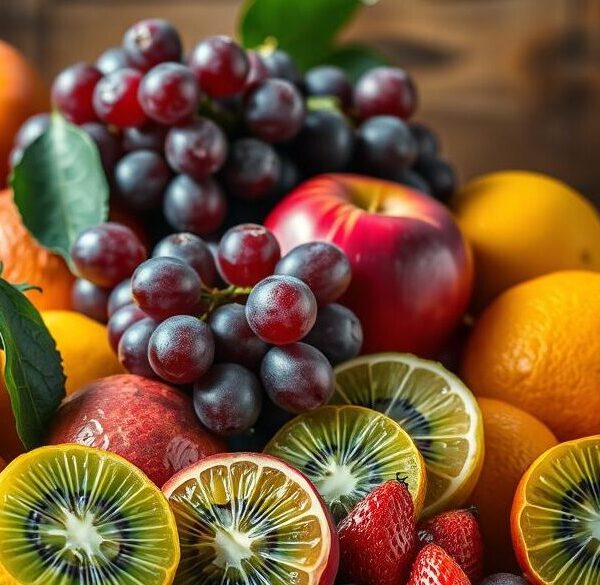

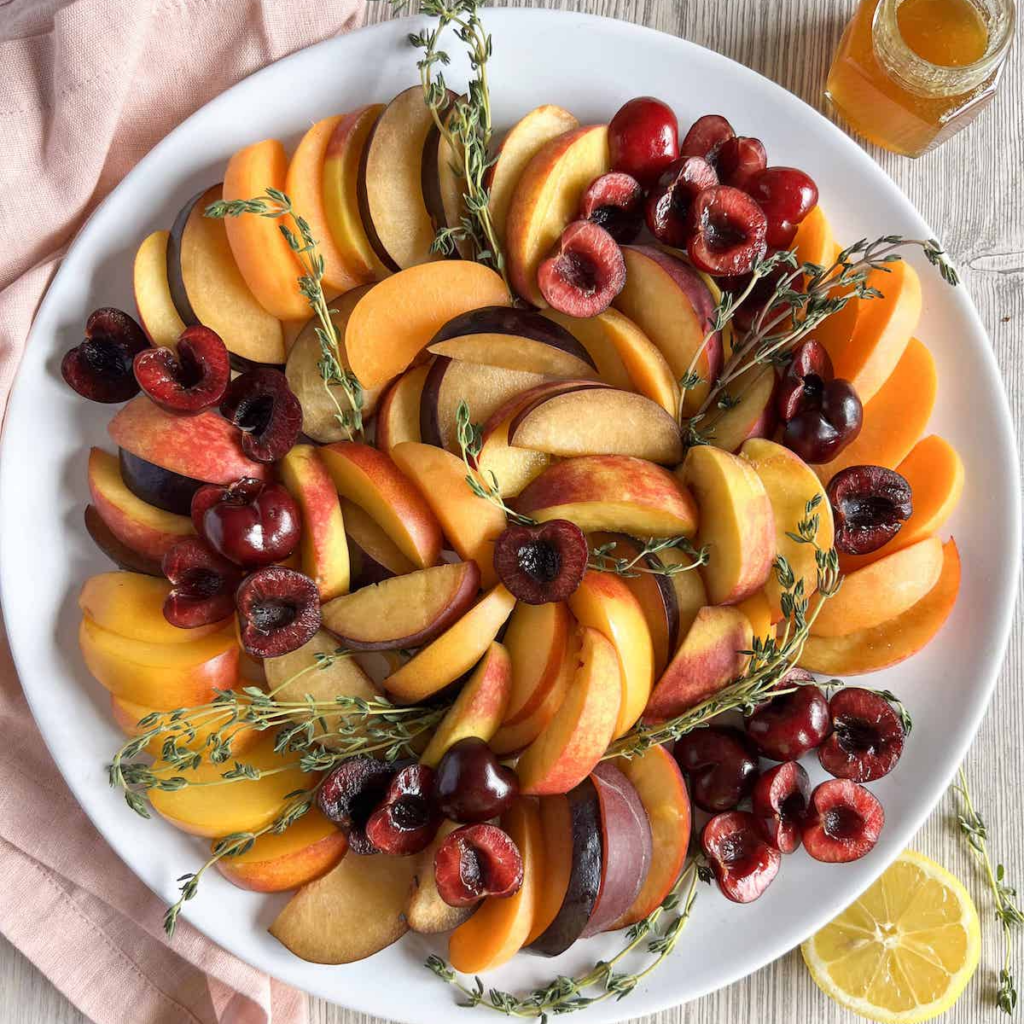
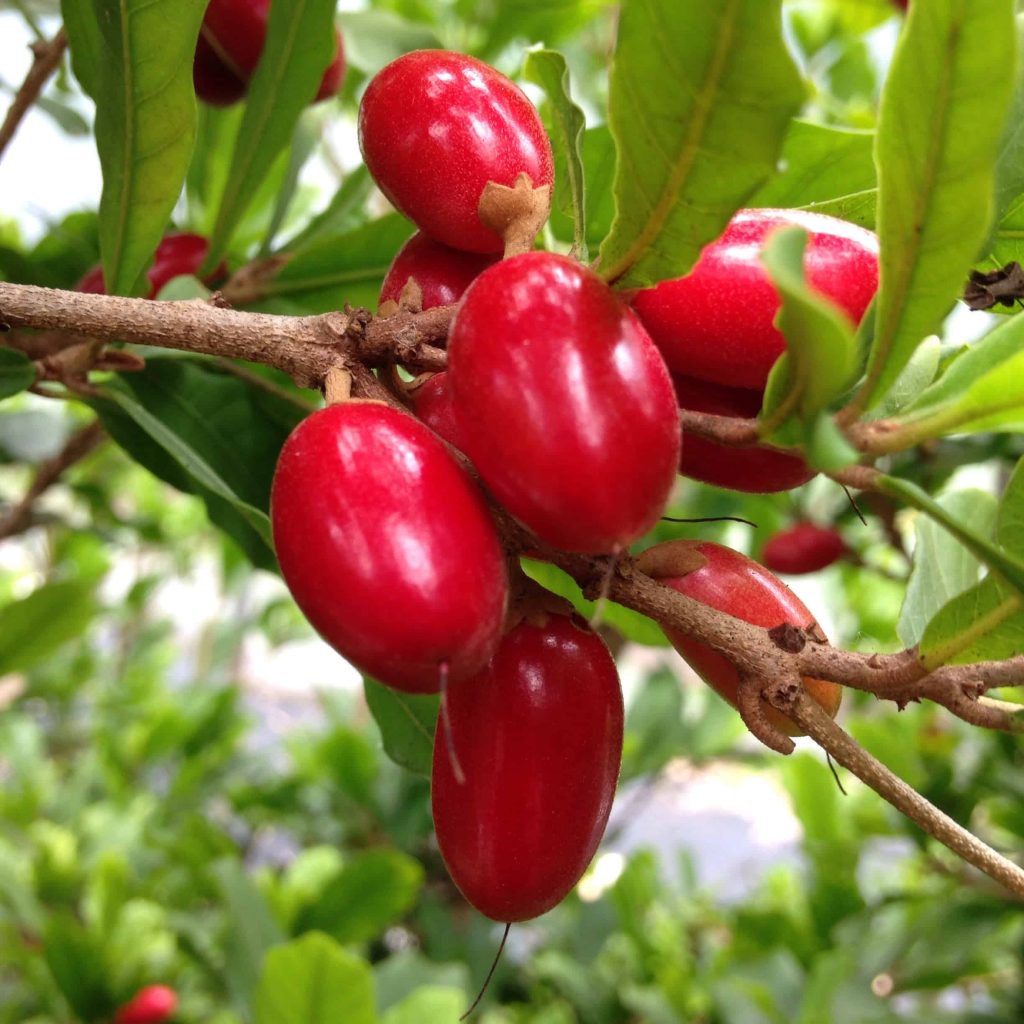


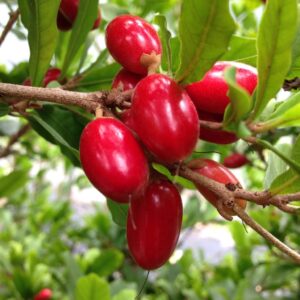

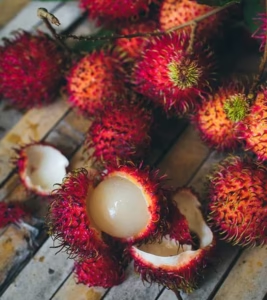

Post Comment